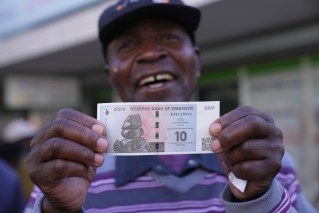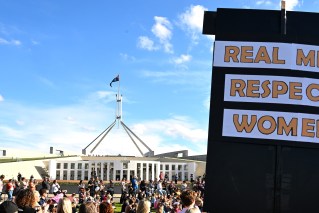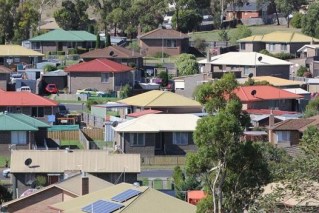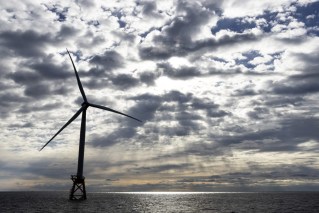What a jolt: Power prices increase fivefold, petrol back above $2 a litre
Power prices spiked in June up to five times higher than the wholesale price at the start of 2021, the consumer watchdog has revealed, while the relief from a halving of fuel excise has proven to be short-lived.
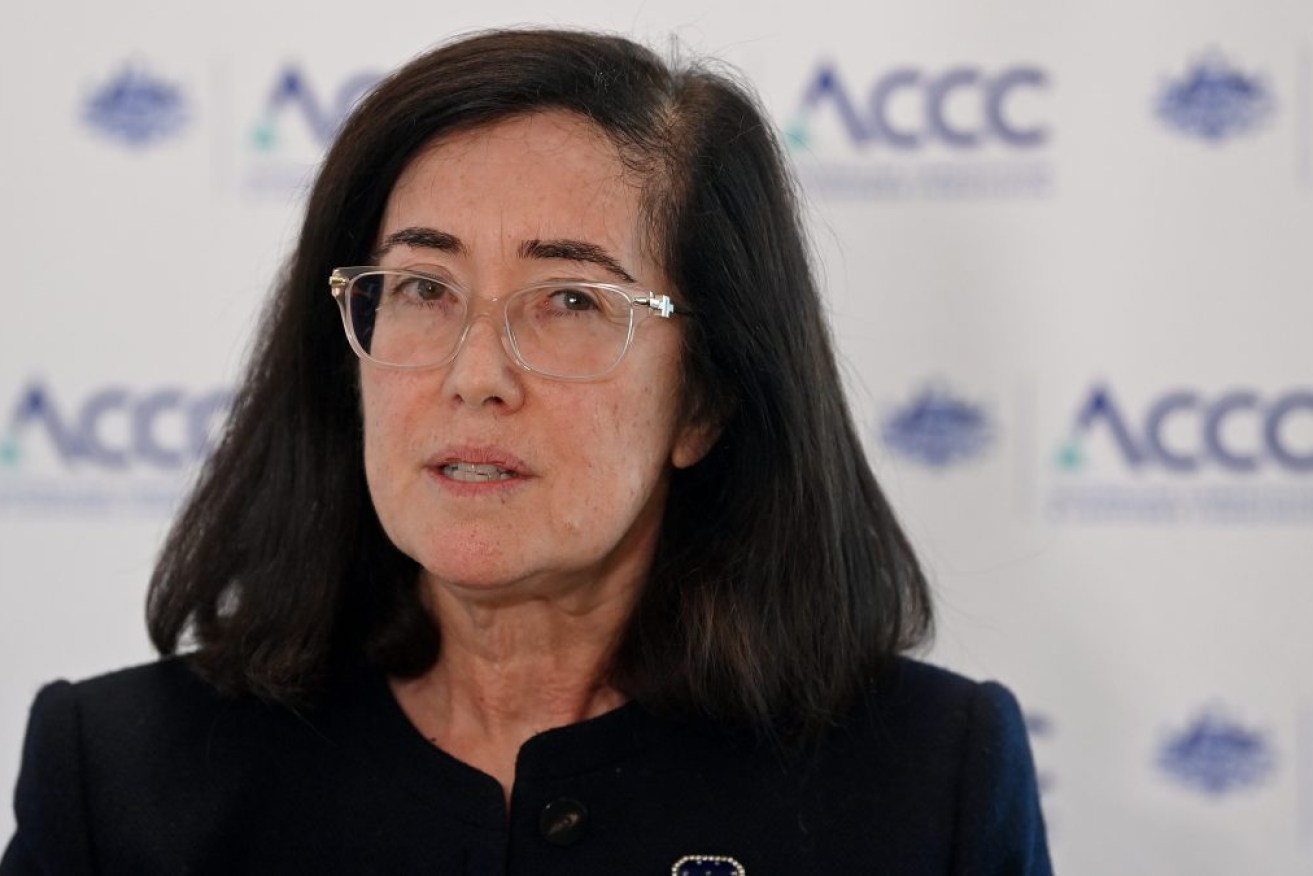
ACCC Chair Gina Cass-Gottlieb speaks to media. (AAP Image/Bianca De Marchi)
The chair of the Australian Competition and Consumer Commission says the watchdog is actively monitoring power companies to ensure they do not act against the interest of consumers and withhold supply or set retail prices above the market safety net.
“Under direction from the federal government, we will use our full information gathering powers to provide greater transparency around the factors influencing electricity and gas prices, including profits and margins from a wide range of energy companies,” ACCC chair Gina Cass-Gottlieb said in a statement on Monday.
It comes as petrol prices return to the levels experienced at the time of the March federal budget, but would be a lot higher if not for former treasurer Josh Frydenberg halving fuel excise for six months.
Last week the Australian Competition and Consumer Commission said the cut in fuel excise saw petrol prices fall 39 cents per litre in the nation’s five largest capital cities.
However, this will come as little comfort for motorists with prices back around the $2 per litre mark and eating into their already strained household budgets.
The Australian Institute of Petroleum said the average for national petrol prices rose 6.5 cents to 205.5 cents per litre in the week to June 19.
International factors like the war in Ukraine have led to a surge in global gas supply and prices, which coupled with an east coast cold snap increased demand on the grid, as coal-fired power stations were down due to unexpected outages and scheduled maintenance.
The commission’s May report on the National Energy Market revealed a slight decrease in power bills from 2020 to 2021, with the typical household paying $315 and business $427 over the third quarter.
Households could save more than $250 a year off their power bills by switching from a standing offer to a low price market offer, according to the ACCC.
“The market is changing rapidly so keep up to date about your plan and the prices you’re paying,” Cass-Gottlieb said.
“It may also be harder to find another plan at the moment, as some retailers are not accepting new customers. Nevertheless, it is important to ensure that customers shop around to ensure they are on the best deal available to them.”
The ACCC noted retailers cannot set the price of their standing offers above the “safety net” default market offer determined by the Australian Energy Regulator, or the Victorian default offer stipulated by the Essential Services Commission.
The ACCC will report back to Australia’s energy ministers about the state of the national energy market in July.

